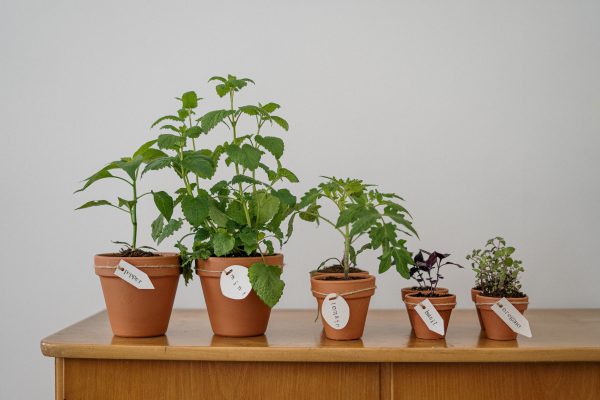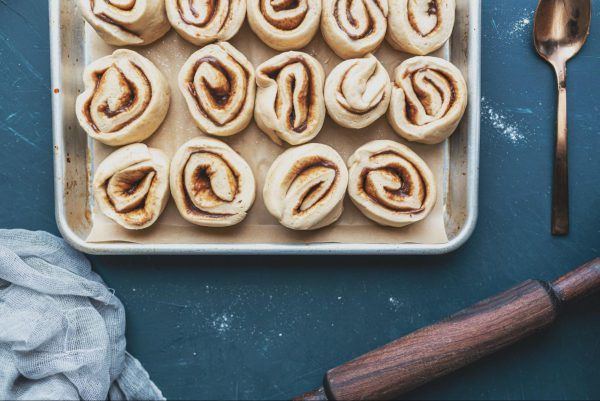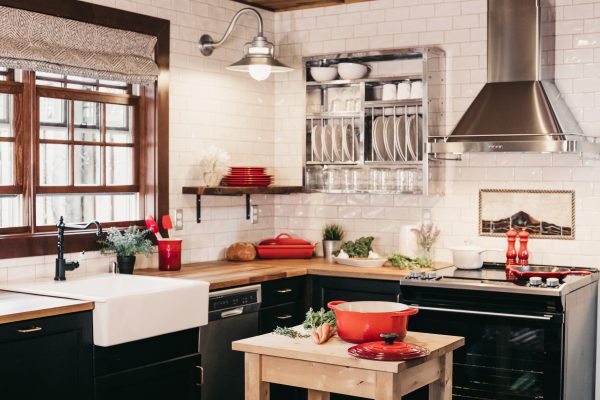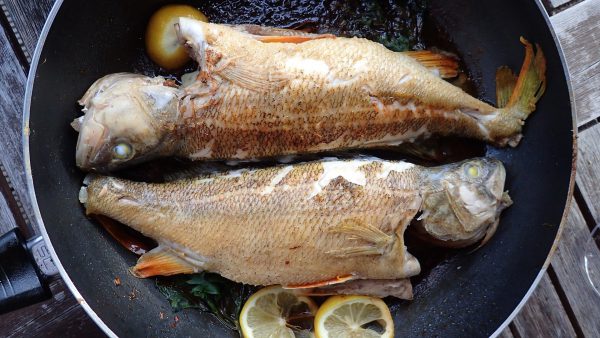Last Updated on September 26, 2022
Using fresh ingredients is crucial to creating mouth-watering dishes but even the freshest produce from your farmers’ market can result in a mediocre dish if you don’t store the veggies in ideal conditions. It’s a tale as old as time: how to store your fresh vegetables affects your beloved veggies’ taste and nutritional value.
In this article, we’ll tell you all you need to know about storing your vegetables the right way, so you can enjoy the irreplaceable taste of freshness to its fullest.
Waste Is a Design Flaw
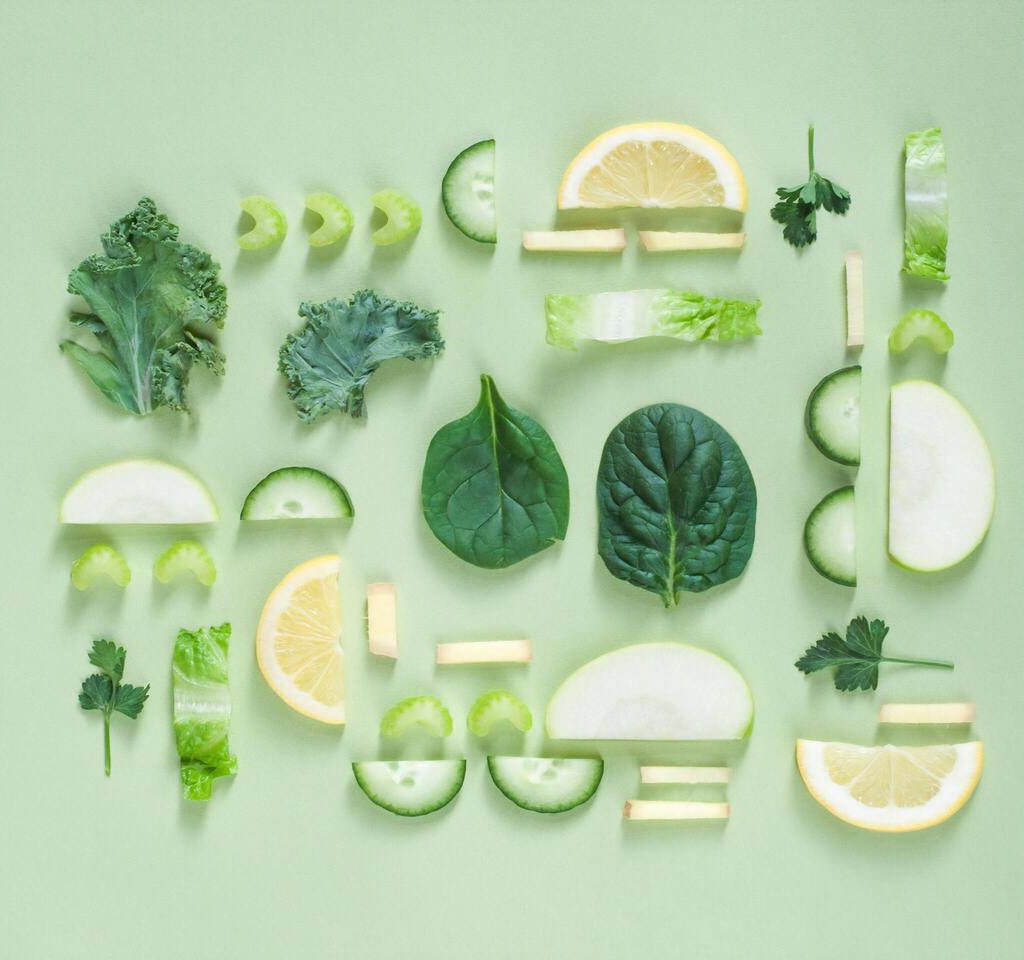
Storing your vegetables right doesn’t only improve their taste and nutritional value, but also prolongs their shelf life and saves you from having to throw out the wilted parsleys and rotten tomatoes from the back of your fridge every week.
Food waste is not only a burden on your household economy but also a burden on the ecology. The good news is that you can reduce waste in your kitchen, with some careful planning and organization skills. Knowing how to store your ingredients correctly helps you with your meal plans and your shopping trips, without panicking about moldy vegetables.
Vegetables Are Alive!
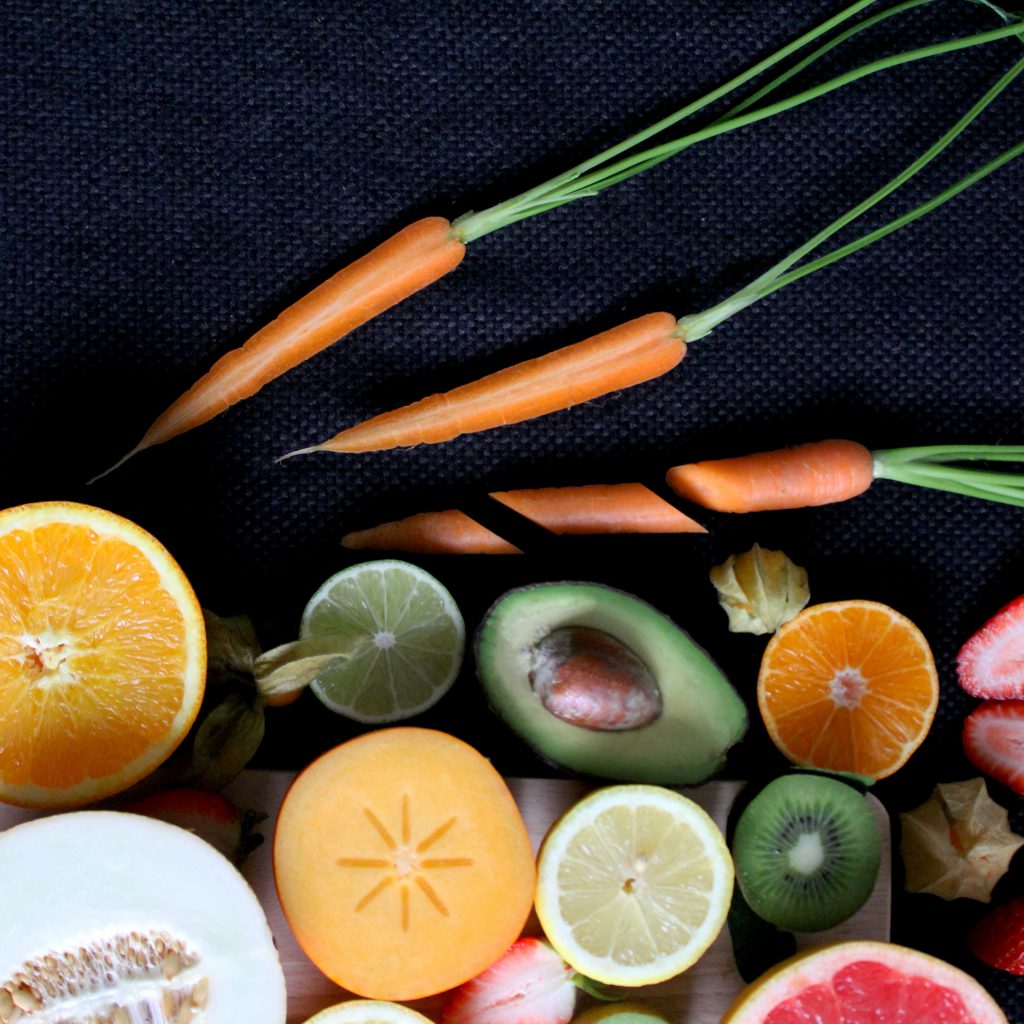
Common sense tells us fruits and vegetables die when we pick them from their mother plants. After all, they don’t have access to the roots and leaves that are vital for the livelihood of the fruit.
A recent study published in Current Biology tells a different story. Scientists have discovered that plants continue to respond to stimuli, such as light and heat, even after they’re harvested and, consequently, adapt and respond to their storage conditions.
What this tells us is that the way vegetables and fruits have been raised isn’t the sole determinant of their quality. Their journey continues, up until you put them in your mouth. You can think of it as an opportunity to make your dishes even tastier.
Without further ado, let’s see how you can store different kinds of produce for the best results!
Where to Keep the Veggies?
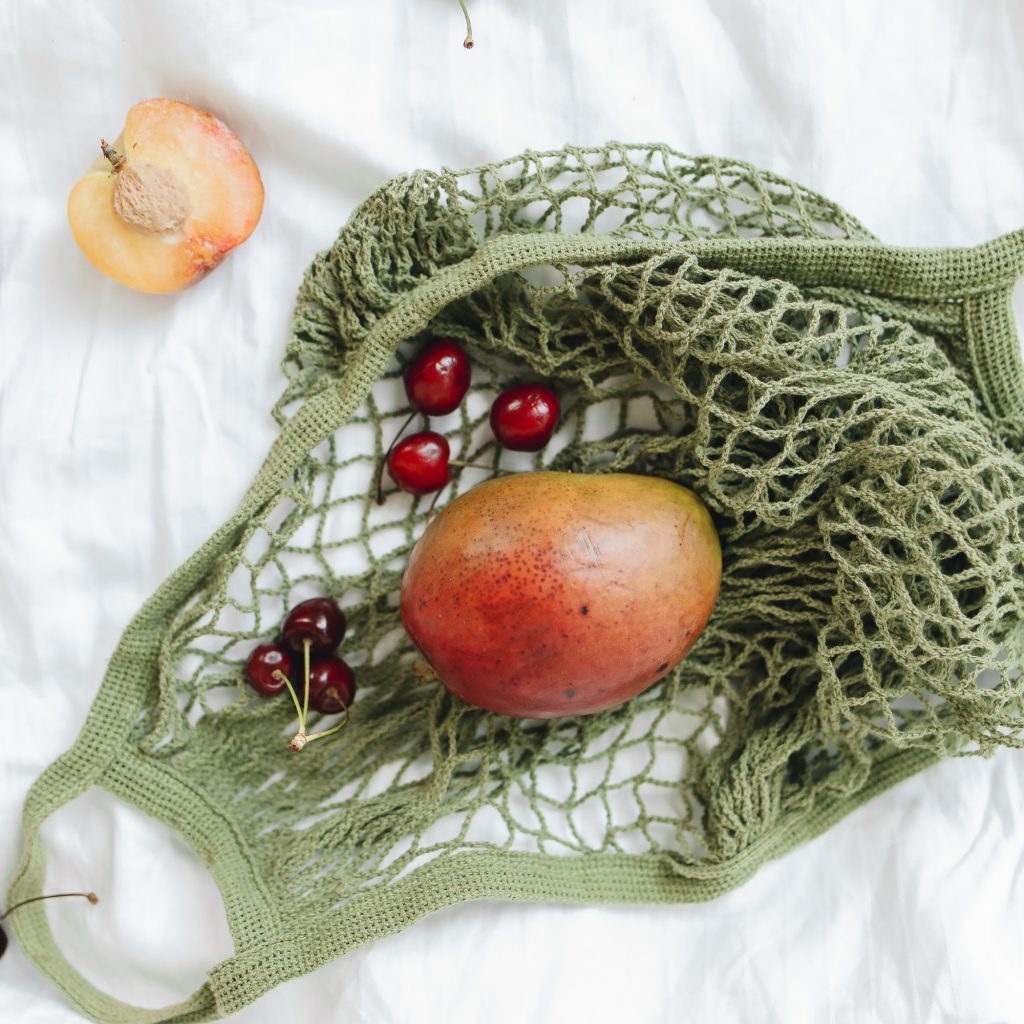
There are three important aspects you need to think about when storing your produce: light, temperature, and the way you pair your vegetables.
Light vs. Dark
Light triggers chemical processes in the vegetables that help them ripen. If you have some early picked green tomatoes or avocados, leaving them sunbathing by a kitchen window, deck, or patio for a couple of days is a great way to store them. However, the light will soften and eventually spoil ripened produce, so you should always store them in the dark.
Refrigerator

The refrigerator is often our first choice for storing vegetables but it’s not the best place for all of them.
Some vegetables are more enduring to low temperatures, such as cabbages, zucchinis, and carrots. However, vegetables with higher liquid content don’t respond well to lower temperatures. Tomatoes, for example, have poor resistance to temperatures below 20°C, and most fridges cool down to as low as 4°C. So, unfortunately, a short stay in the refrigerator will make your tomatoes lose their good taste.
Here’s a list of veggies you can store in your fridge without a problem:
- Asparagus
- Eggplant
- Artichokes
- Broccoli
- Carrots
- Celery
- Cucumbers
- Mushrooms
- Cabbage
- Zucchini
- Endives
- Green beans
- Turnips
- Leeks
- Peppers
- Brussels sprouts
Even though you can store green leaves in the refrigerator, don’t wash them beforehand, as the moisture accelerates the ripening — and therefore the rotting — process.
A simple trick to keep those leafy greens alive in the following days is to place a paper towel or a paper bag recycled from the groceries at the bottom of the vegetable boxes. Also, don’t remove the husks for corn on the cob and keep them in a plastic bag or an airtight container.
As a general rule, you should not put your vegetables at the back of the fridge, as they can get frostbite there.
Room Temperature
Most fruits, such as melons and citrus fruits are best stored at room temperature and out of direct sunlight. Stone fruits like apricots, peaches, plums, and nectarines can stay in a basket until ripe. Once they are ripe, you can move them to the refrigerator to extend their shelf life.
Be careful with the cherries, though! It’s best to place them in the refrigerator in an airtight container or bag.
If you’re nostalgic for old-fashioned tomatoes, store them at room temperature! They will have a shorter shelf-life but will retain all the flavor and nutritional quality.
Pantry
Onions, shallots, garlic, potatoes, rutabagas, and winter squash should be stored in the pantry, where it’s dark and dry, with a slightly lower temperature. Note that you shouldn’t store onions and potatoes next to each other, as onions encourage potatoes to sprout faster.
Tips on How to Prolong the Life of Your Veggies
Use Your Crisper
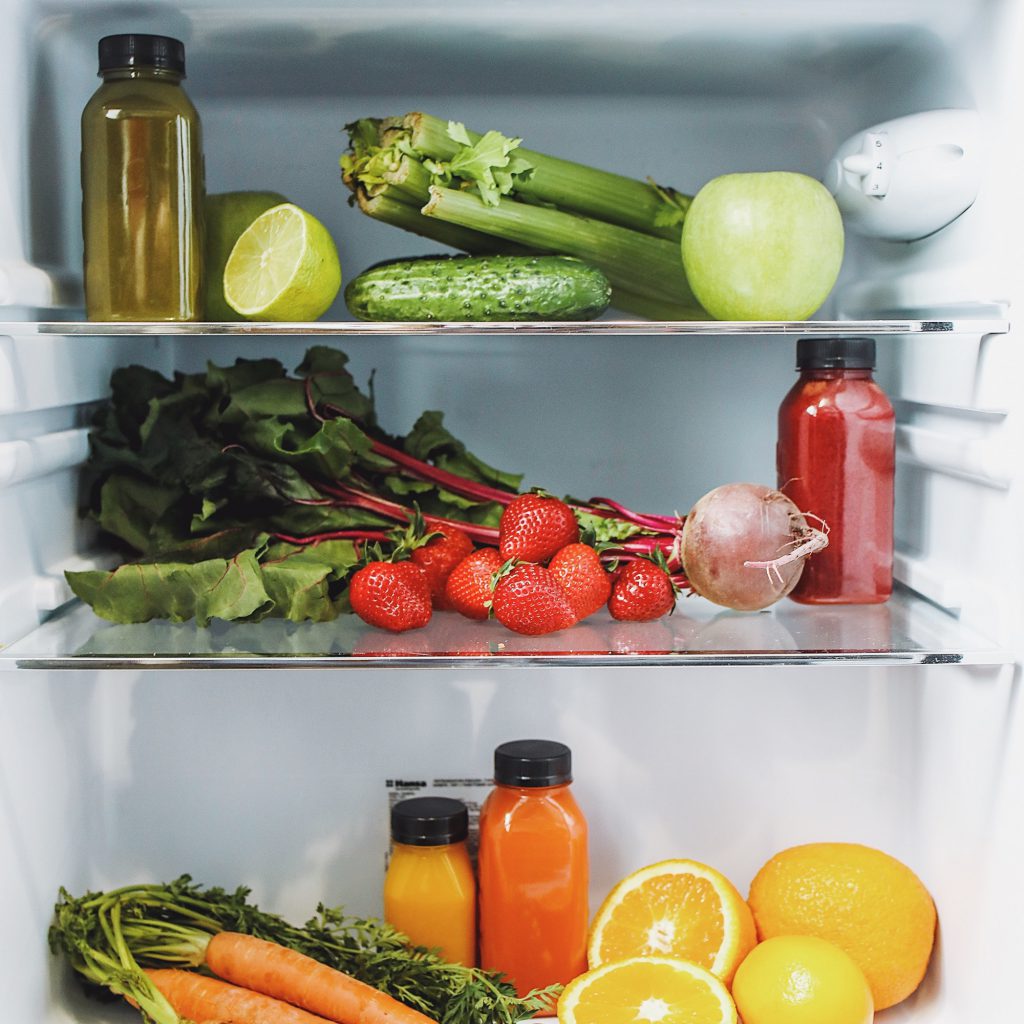
Most fridges have crisper drawers that are designed to prolong the freshness of the produce by reducing their water loss. These drawers can be very helpful in making your veggies — and fruits — last longer.
The functionalities of your crisper depend on the model of your fridge, but most of them allow you to control the airflow into the bin by adjusting the humidity vent manually. Lower airflow results in higher humidity. When you close the vents, the water evaporating from the vegetables can’t escape the drawers, so your vegetables don’t dry out and stay fresh.
Leafy greens require the highest humidity. Grapes, bell peppers, apples, summer squash, and other thin-skinned fruits and vegetables should be stored in a slightly less humid place than leafy greens.
Citrus fruits require even less moisture. In the summer, you can keep your mandarins, grapefruits, oranges, and lemons in the fridge — not in the crisper drawers. You can keep them in a basket outside of the fridge during the rest of the year.
Pack Your Vegetables
Leafy green vegetables like lettuce, spinach, and kale are best eaten immediately after harvest when they are crisp. They lose water very fast and wilt down if you don’t take proper care. If you can’t eat them right away, wrap them in a damp paper towel or kitchen towel and store them in an airtight bag to keep the humidity inside.
Pay Attention to the Light
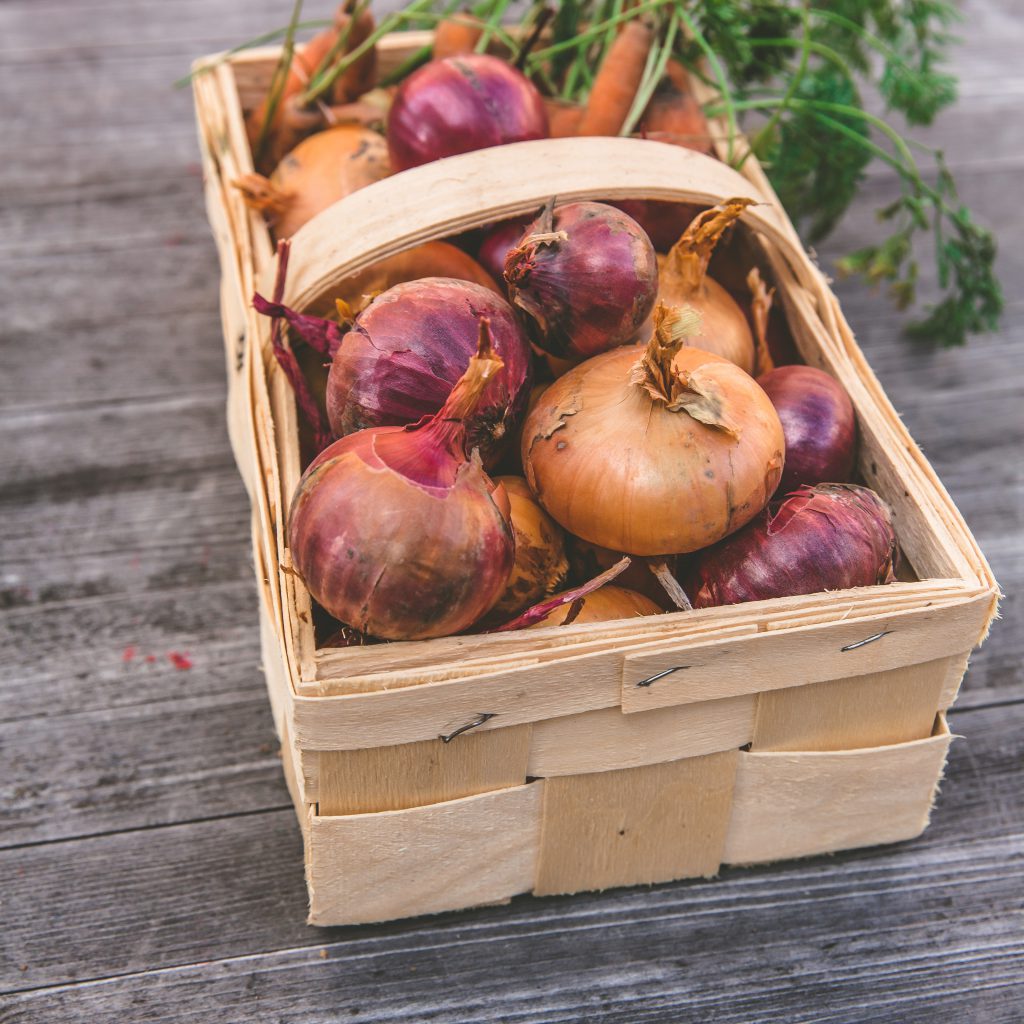
Humidity is not the only factor to watch out for in order to properly preserve your fruits and vegetables. For example, onions, garlic, shallots, winter squash, and pumpkins prefer a drier climate with average humidity. More importantly, they last longer if kept in a dark, cool place. Similarly, potatoes start to sprout if you leave them in a place with sunlight.
Handle With Care
Fruits and vegetables can be very fragile. Any “damage,” whether a bump or scrape, can cause them to ripen or rot faster. Therefore, carry the fragile vegetables with care, eat damaged foods first and keep those that are in good condition. It is essential to remove those with marks when storing vegetables and fruits because a rotten apple will cause the others to rot more quickly.
Treat Them Like Flowers
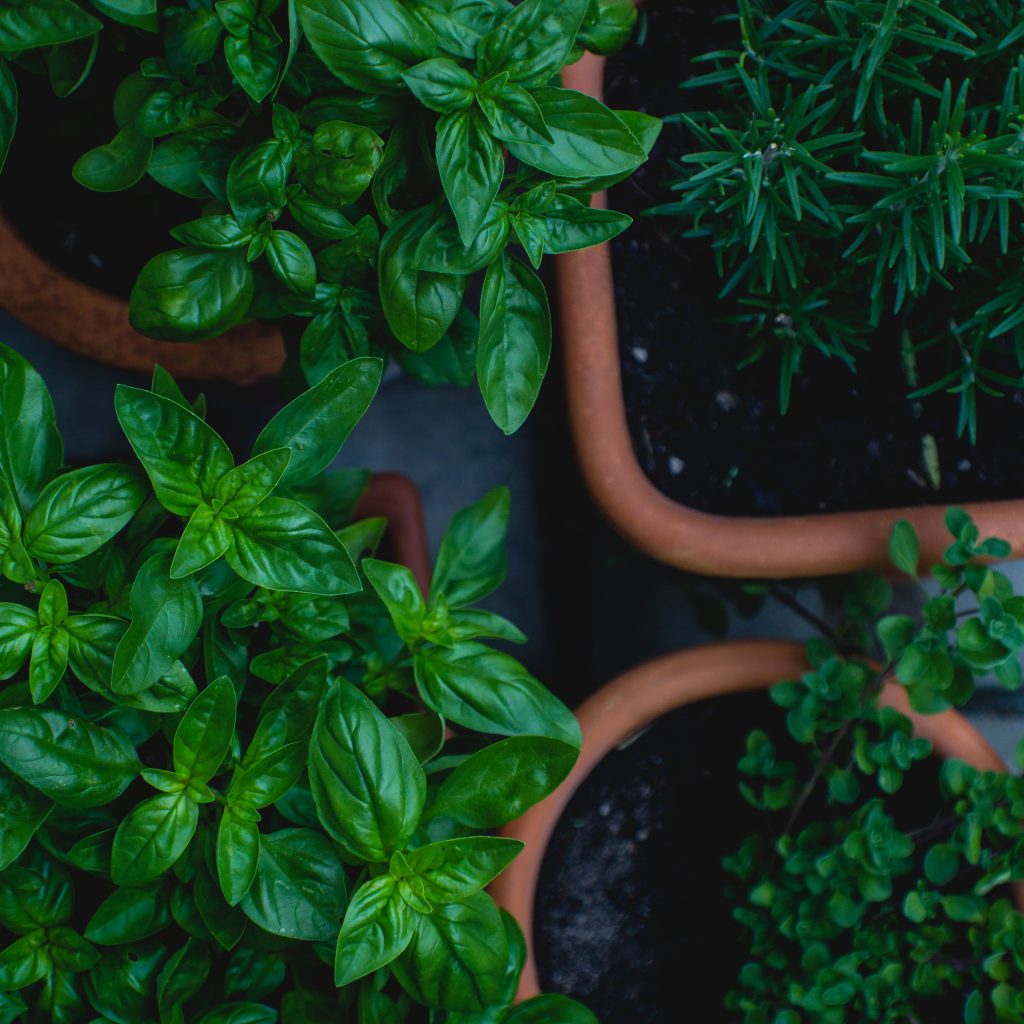
You can store harvested herbs like mint, basil, and cilantro as you would keep regular flowers. Place these herbs in a glass of water, like a bouquet, and keep the glass in the fridge. Put a plastic bag on top to help balance the humidity. Too much moisture can make your herbs sticky and wilted, while too little can cause them to dry out.
Most herb bunches should be refrigerated, but it’s better to store your basil on the kitchen counter where it can receive some sunlight. You can also wrap your tough, woody herbs, such as sage, rosemary, thyme, and oregano in a damp paper towel and place them in a sealed bag. The paper towel provides just enough moisture to prevent them from drying out.
Give Your Veggies Some Privacy
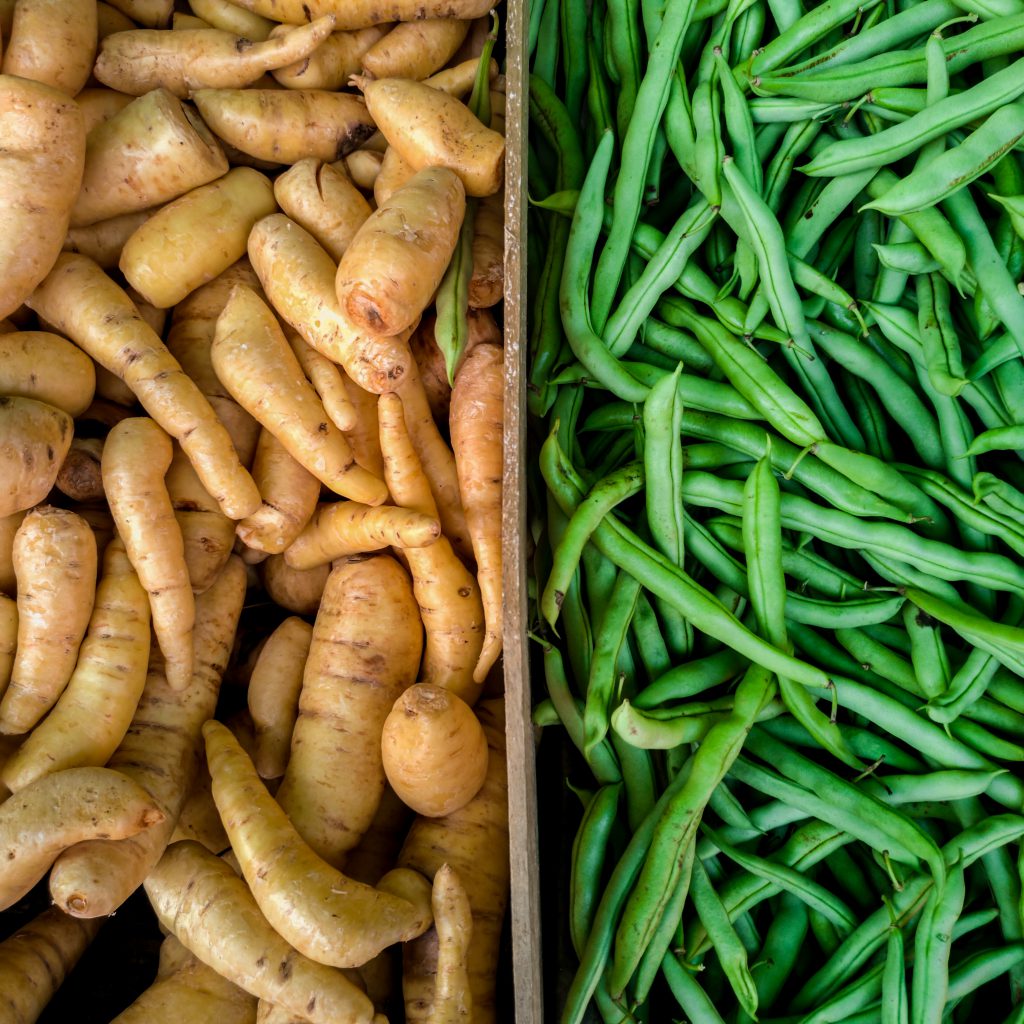
Some fruits and vegetables emit ethylene: a gas that stimulates their ripening process and gives them a bitter taste. This is the case for pears, bananas, and especially apples. Keep these fruits away from other fruits and vegetables.
As we mentioned earlier, don’t store your potatoes with your onions. Onions and potatoes complement each other well when cooked, but they are neighbors from hell on the shelf. Garlic, on the other hand, can be stored alongside onions.
You can use paper bags to avoid mixing your vegetables in the fridge. That being said, some pairs go a long way together. Here is an unusual one: you can put an apple in the middle of your potatoes. Ethylene prevents the potatoes from germinating and allows them to last longer.
Make Herb Cubes
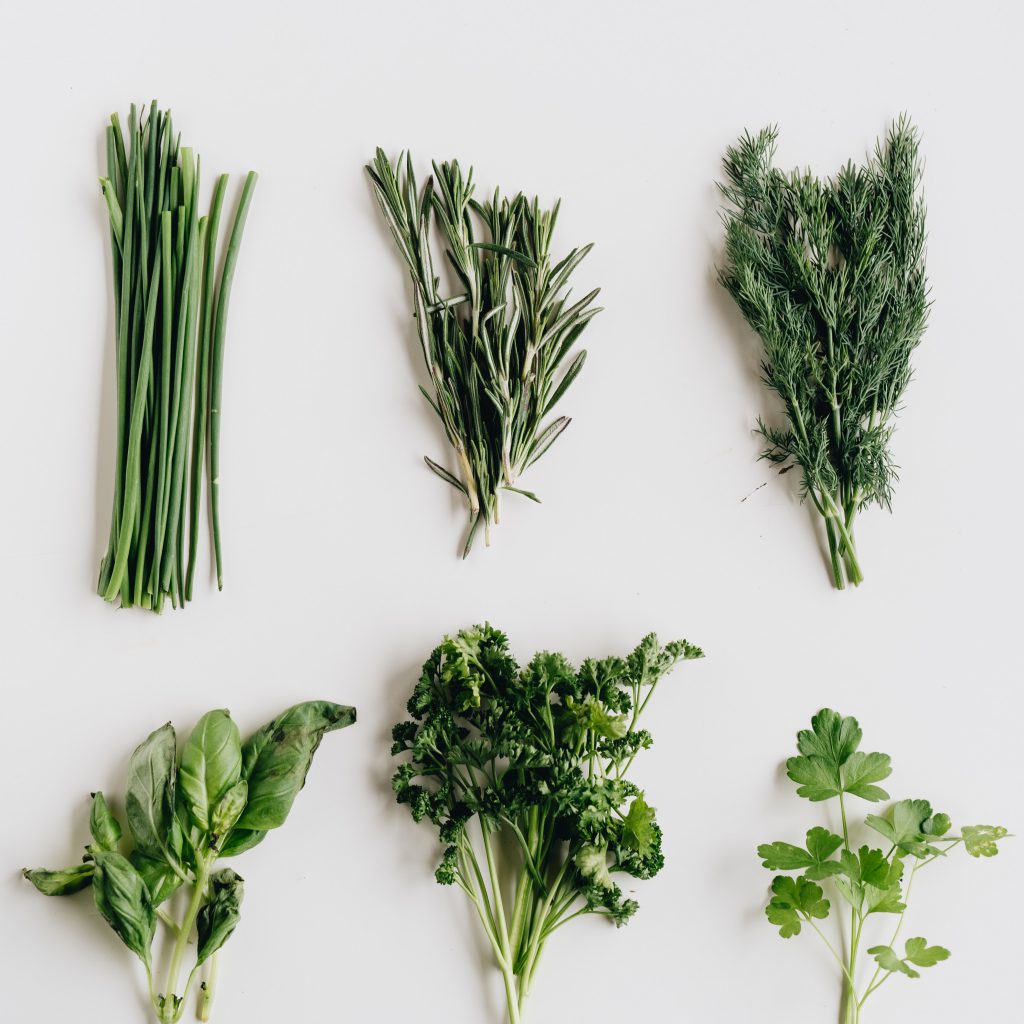
Herbs are best eaten within a couple of days once harvested. If you’re looking for a way to preserve them longer, store them by making frozen herb cubes. Just finely chop the herbs and add them to ice cube trays. Fill the cubes with olive oil and place them in the freezer to solidify. When you’re ready to use them, take them out, and add them to your favorite dishes.
Freeze Excess Vegetables
Freezing your vegetables is a great way to enjoy summer produce all year round. First, wash the food and dry it thoroughly (remember, moisture can cause rotting). Most fruits and vegetables are best frozen raw, but some, like potatoes, are best blanched first. Blanching stops enzymatic actions that can cause loss of flavor, color, and texture and helps preserve nutrients.
Pickle, Can, and Dry
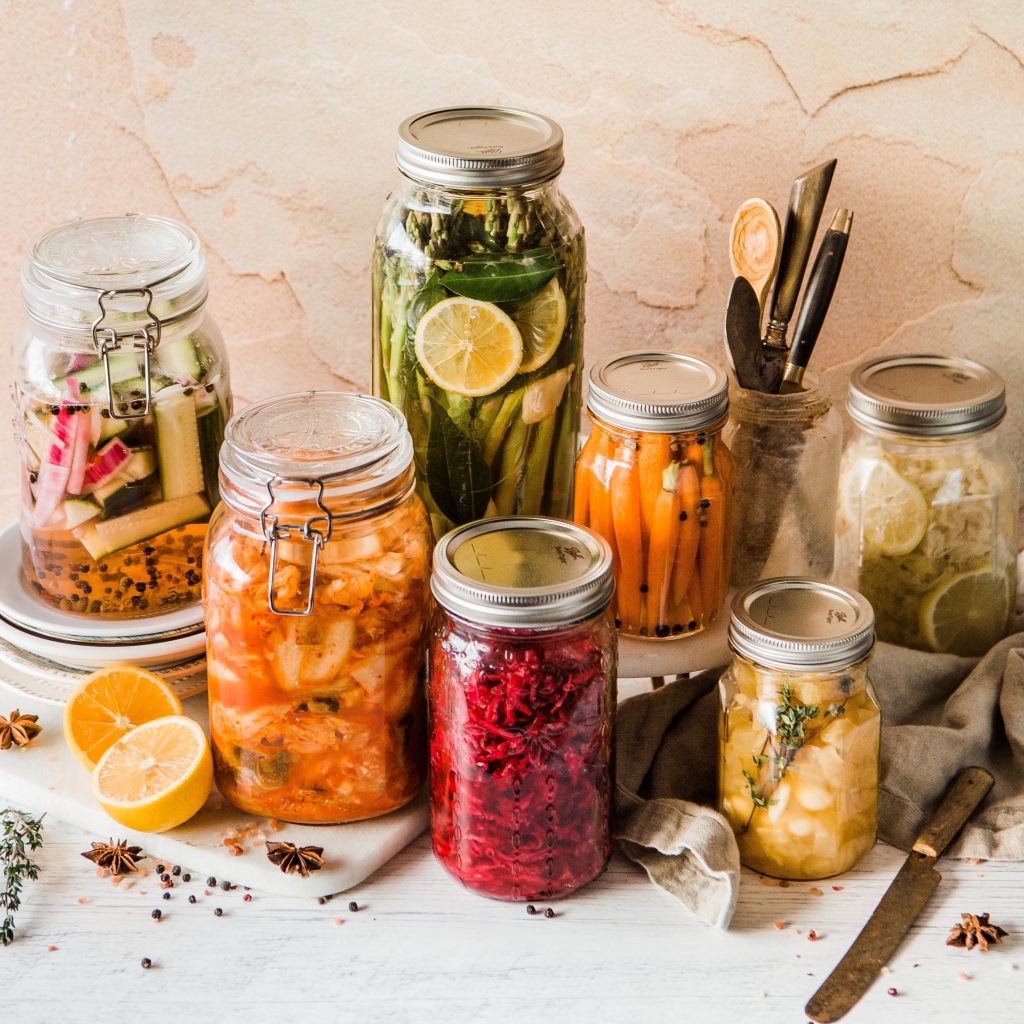 Canned jams and condiments are great additions to your winter pantry. Pickling, canning, and drying are all effective ways to preserve vegetables that you won’t be using soon. After all, these techniques were invented much before home cooks had access to fridges.
Canned jams and condiments are great additions to your winter pantry. Pickling, canning, and drying are all effective ways to preserve vegetables that you won’t be using soon. After all, these techniques were invented much before home cooks had access to fridges.
Pickling with soy sauce, balsamic vinegar, regular vinegar, or simply sun-drying vegetables are all preservation methods that go back thousands of years. We’re not suggesting you make your own soy sauce from the excess soybeans, but you can take advantage of these techniques as your kitchen and your skills let you.
Beets, green beans, shallots, and, of course, cucumbers are delicious when pickled. Dried summer tomatoes provide that delicious umami taste all year round, and jams are the perfect solution for the fruits that’ll otherwise spoil. And you don’t need fancy equipment to dehydrate them. Simply wash, dry, and thinly slice your produce and place it in a single layer on a baking sheet. Bake at the lowest temperature for a few hours until dry.
Over and Out!
Paying attention to the organization of your ingredients gives you a lot of power in the kitchen. With these simple steps, you can keep your vegetables — and fruits — fresh for a longer time. This way, you won’t only be eating fresh and more delicious vegetables, but you’ll also be reducing the amount of waste you produce in the kitchen.


